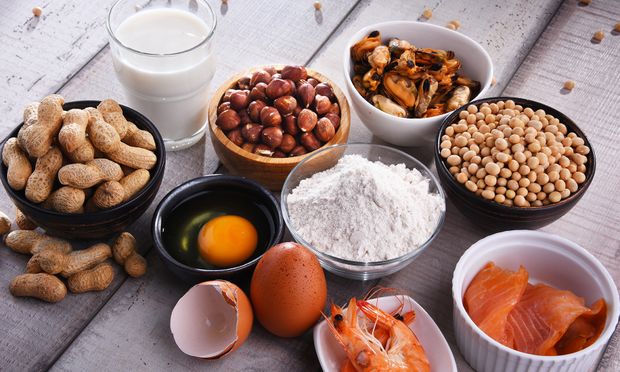Sodium And Thanksgiving Dinner
In no way am I trying to ruin Thanksgiving, but we have to talk about one little culprit that makes the holidays a lot less heart-healthy. Salt added to food is a combination of sodium and chloride, and this small crystal has a huge effect on our health. Too much salt can raise blood pressure and lead to dangerous fluid retention, especially in those with diseases like kidney disease or heart failure. The biggest problem is rarely the salt shaker, but rather foods found on grocery store shelves or at restaurants.
How Much We Should Eat
Nutrition labels are based on 2,400mg of sodium per day, which is only about 1 tsp of sodium. 1 tsp may not sound like much, but for those with hypertension, heart disease, or other risk factors even less sodium, also called a sodium-restricted diet, may be necessary. The American Heart Association (AHA) specifically recommends 1,500mg of sodium per day. According to the AHA, if all Americans ate 1,500mg of sodium per day we could decrease elevated blood pressure in 25% of the population.
Grocery Shopping Tips
Some of the foods highest in sodium are usually frozen meals, sauces, gravies, broth, instant “flavor” packets, bouillon cubes, and processed meats (deli meat, sausage, bacon, and pepperoni). Whenever possible, looking for items labeled as “no salt added”, “salt-free”, “low-sodium”, or “very-low sodium” are the best options. Options labeled as “reduced-sodium” are not necessarily all that low in sodium, they just have at least 25% less than the original option. For example, if a soup normally has 1,000mg of sodium, the reduced-sodium option could still have up to 750mg of sodium.
Sea salt, pink salt, black salt, and most other salts sold as “healthier” actually aren’t that great for you. As a dietitian, I am often asked: “If sea salt isn’t better for me, why is that what I hear”? Like most fads and food trends, companies try to do whatever it takes to make an item seem healthier than it actually is. All the salts mentioned are really just more expensive, and while some contain certain minerals it is not enough to actually be considered beneficial.
Bottom Line
By eating more meals at home rather than at restaurants, usually, can lower daily sodium consumption. Additionally, reading labels and using herbs, spices, vinegar, juices, and other salt-free flavorings can make a huge difference. As always, if anyone out there in cyberspace has questions about what they specifically should be eating please schedule an appointment to see one of our dietitians.
Health Topics:







